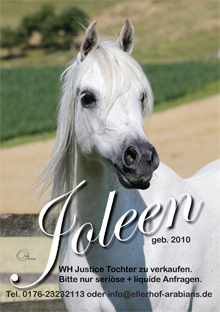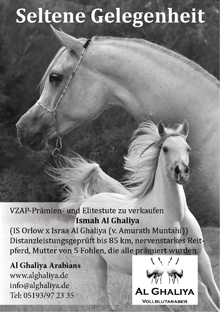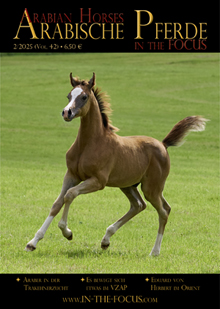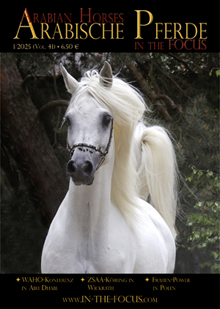Commentary
on the World Endurance Championships
The worst case scenario for endurance riding has happened. First, the FEI relocates the World Championships from the UAE to Europe, to ensure the welfare for the horses, and then we have to see pictures like the ones of Nopoli del Ma, when he crossed the finish line, barely able to walk. With pictures of the first three horses, that reach the finish but being disqualified due to lameness or for metabolic reasons, and another horse dying on the track with a broken leg – most likely a fatigue fracture – you cannot win any symphathy for this sport.
Guilty are those, who – for the sake of winning – dope their horses and ask too much of them, which is the owners, trainers, riders. But another share of blame goes to those, who have looked the other way, when rules have been infringed, and who more often than not have a certain self-interest in this sport.
Please, don’t misunderstand me: For me, it is not the entire sport which is in the pillory, neither a single nation, but a wrong fundamental philosophy without respect to the partner horse. Clearly, some people put their financial interest, or their ego, above the (health) interests of their horses, by pushing them far beyond their capabilities – even with unfair means. This can be proven by the 38 doping cases, the FEI has on its table for 2016, 20 of which concern endurance. This wrong fundamental philosophy needs to be eradicated.
By relocating the World Championships it was hoped to do something good for the horses. But also in Europe long, straight, flat tracks invite certain riders to race – and average speeds of 30 to 34 km/h on the last 20 km of the ride are speaking their own language.
Why don’t we return to the old motto “to arrive is to win”? When a fit horse was more important than to be the fastest. Just because other sports live by “higher faster further” this musn’t be the right way for endurance. Because, an athlete who works himself to death is one thing and it is his own decision. But the horse cannot decide for himself.
We surely need to rethink our sport, we need a shift in paradigm. Away from “the fastest is the winner” to “the fittest is the winner”. In many countries – among them Germany, Austria, Switzerland – endurance horses are regarded as partners, as family members, who actively perform in this sport for years – even on highest level – without any damage. This is exactly the way, the Bouthieb initiative wants to show. Whether or not these rules will stay exactly as we introduced them in our last issue, or whether there will be some adaptations, based on more experience and data coming in from all over the world, remains to be seen. Therefore, one should not decline them because one does not agree with a heartbeat of 56 bpm or the speed limit of 20 km/h. It is the underlying fundamental philosophy that counts, i.e. to cross the finish line with a fit horse. And if there are still riders (trainers, owners) who are unable to understand this, they have to be forced by rules.
At present, the Bouthieb Rules are the only silver line at the horizon. More dead or completely exhausted horses are the last thing, this sport
needs.
Gudrun Waiditschka














